News Research
10 Easiest Cryptos to Mine: Best Profitable Coins In 2025
ChainPlay
•
3 days ago
Share :
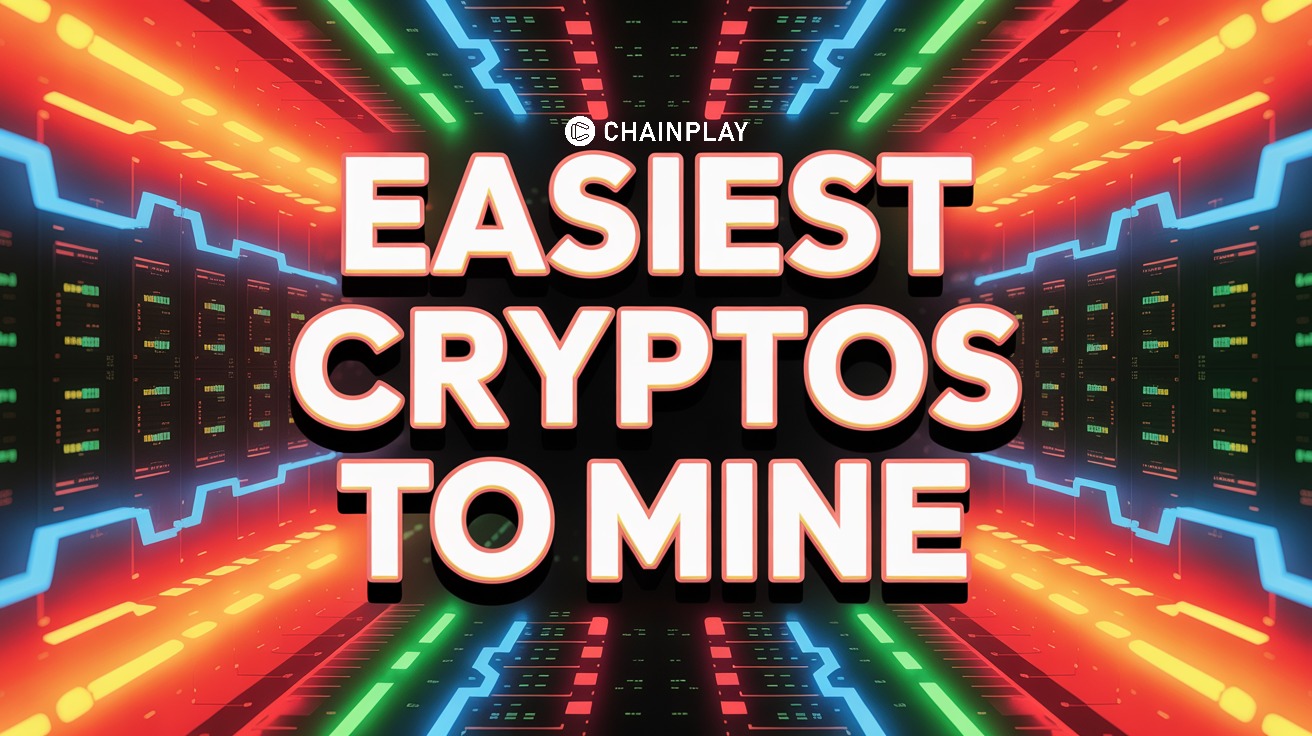
For those seeking passive income from crypto mining, a key question is: 'What's the easiest cryptocurrency to mine?' This is especially relevant now, as mining has become much harder than it was a few years ago.
Thankfully, there are cryptos that remain easy to mine. This guide provides essential information about the top cryptocurrencies for mining profitability and ease for 2025. You will also discover all the necessary factors needed to start a mining operation and how to select profitable cryptocurrencies to mine.
Key Takeaways:
- Crypto mining can be a highly rewarding passive income activity in 2025.
- However, the success of it will depend on well-organized planning and selecting the best crypto to mine.
- The five most profitable cryptocurrencies for mining in 2025 include Monero, Vertcoin, Kaspa, Ravencoin, and Dogecoin because they offer low power usage, easier mining challenges, and good returns.
Best Crypto to Mine in 2025: ChainPlay's Top Picks
For crypto miners looking to make a profit in 2025, there are several options available in the crypto market. However, some cryptocurrencies are more profitable to mine than others. The best crypto to mine depends on your mining setup, electricity costs, and the crypto you choose. Based on these factors, we have put together a list of the most profitable crypto to mine in 2025.
| Cryptocurrency | Block Time | Mining Rewards Per Block | Mining Algorithm | Hardware Requirements |
| Bitcoin (BTC) | 10 minutes | 3.125 BTC | SHA-256 | ASIC |
| Monero (XMR) | 2 minutes | 0.6 XMR | RandomX | CPU or GPU (ASIC-resistant) |
| Ravencoin (RVN) | 1 minute | 2,500 RVN | KawPow | CPU or GPU (ASIC-resistant) |
| Dogecoin (DOGE) | 1 minute | 10,000 DOGE | Scrypt | ASIC |
| Vertcoin (VTC) | 2.5 minutes | 12.5 VTC | Lyra2REv2 | CPU or GPU (ASIC-resistant) |
| Dash Cash (DASH) | 2.5 minutes | 2.3097 DASH | X11 | GPU (ASIC-resistant) |
| Zcash (ZEC) | 75 seconds | 1.5625 ZEC | Equihash | GPU (ASIC-resistant) |
| Kaspa (KAS) | 1 second | 58.27 KAS | KHeavyHash | CPU or GPU (ASIC-resistant) |
| Ethereum Classic (ETC) | 13.7 seconds | 2.56 ETC (20% block reduction brings it to 2.048) | ETChash | GPU and ASIC |
| Litecoin (LTC) | 2.5 minutes | 6.25 LTC | Scrypt | GPU and ASIC |
Bitcoin (BTC)
Difficulty: Extremely Hard
Block Reward: 3.125 BTC
Block Time: 10 minutes
Hardware Requirements: High-end ASIC miners
Mining Software: T-Rex Miner, TeamRedMiner, and GMiner
Bitcoin (BTC) is the first cryptocurrency and remains the most popular asset traded on any online crypto exchange. The practice of crypto mining began with Bitcoin, which also pioneered the use of Proof-of-Work (PoW) as its network security solution.
The system enables miners to compete to solve complex mathematical problems to add new blocks to the Bitcoin blockchain. In return, the system rewards people who solve this problem with BTC coins.
Bitcoin mining rewards started at 50 BTC per block. It is currently at 3.125 because every 4 years the network experiences a halving event that reduces rewards by 50%.
Bitcoin is now the most difficult coin to mine because it is the most popular crypto and has the most miners. As a solo miner, you could earn lower returns because of the high level of difficulty of mining. However, miners join pools to increase how much they can earn.
Monero (XMR)
Difficulty: Easy
Block Reward: 0.6 XMR
Block Time: 2 minutes
Hardware Requirements: CPU or GPU (ASIC-resistant)
Mining Software: T-Rex Miner, TeamRedMiner, and GMiner
Monero (XMR) is one of the few cryptos that maintains full privacy and anonymity. The complete financial privacy of Monero transactions is achieved through its ability to hide transaction information.
The privacy features on Monero set it apart from Bitcoin and Bitcoin-derived blockchains since it protects transaction information from view. If you're looking to mine coins without expensive ASIC machines, Monero is one of the best picks.
The RandomX algorithm is optimized for CPU mining. Monero's RandomX algorithm makes it ASIC-resistant. What this means is that mining Monero cannot be done with expensive, specialized hardware called ASICs.
The compatibility of mining Monero with CPUs enables those with smaller resources to participate in mining crypto. Mining profitability depends on having efficient hardware along with proper software. The actions of regulators resulted in exchanges removing XMR from their platforms.
Ravencoin (RVN)
Difficulty: Easy
Block Reward: 2,500 RVN
Block Time: Approximately 1 minute
Hardware Requirements: CPU or GPU (ASIC-resistant)
Mining Software: T-Rex Miner, TeamRedMiner, and GMiner
Ravencoin (RVN) was made to aid the creation and transfer of digital assets. Ravencoin was built on a fork of Bitcoin's codes. Bitcoin is mainly used for payments, but Ravencoin enables tokenization.
Ravencoin is a lesser-known alternative to Bitcoin mining and it provides an excellent opportunity for home-based miners. It utilizes the KawPow protocol, which is ASIC-resistant. Because Ravencoin is ASIC-resistant, you can mine RVN with CPU and GPU.
Ravencoin serves as an excellent choice for beginner miners who want to start crypto mining. Joining a mining pool provides better earning consistency to users with lower performance mining equipment.
Dogecoin (DOGE)
Difficulty: Medium
Block Reward: 10,000 DOGE
Block Time: 1 minute
Hardware Requirements: ASIC miners
Mining Software: CGMiner, EasyMiner and MultiMiner
Dogecoin (DOGE) is popular for starting the memecoin trend. The coin was created as a humorous variant of Bitcoin. Dogecoin gained rapid popularity because its community was friendly along with its low transaction fees.
Dogecoin was also promoted by some influential figures, adding to its popularity. Dogecoin implements the Proof-of-Work consensus method similar to Bitcoin. Dogecoin operates through the Scrypt algorithm that provides both simplified operations and more energy-efficient performance when compared to Bitcoin mining.
Dogecoin could originally be mined using CPUs and GPUs. However, its popularity made mining more difficult. Currently, ASICs are required for Dogecoin mining. While it requires a huge start-up cost, DOGE mining is a profitable operation.
Vertcoin (VTC)
Difficulty: Easy
Block Reward: 12.5 VTC
Block Time: 2.5 minutes
Hardware Requirements: CPU or GPU (ASIC-resistant)
Mining Software: One-Click Miner, VerthashMiner, TeamRedMiner, and GMiner
Vertcoin (VTC) is another open-source Bitcoin variant. The core principle of Vertcoin is to make coin mining available to regular people. Vertcoin can be mined using standard computer hardware, specifically Graphics Cards (GPUs).
The Lyra2RE algorithm of Vertcoin is resistant to ASIC mining. Vertcoin was also known as "The People's Coin." It gained this title because it focused on fair, accessible mining to everybody. VET is the cheapest crypto to mine. The Vertcoin community developed the "One-Click Miner" as a software platform to ease beginner mining of VTC.
Vertcoin maintains its mission to distribute control to individual users through mining. The network design enables new coin creation through standard GPU miners instead of requiring specialized and expensive mining rigs.
Dash Cash (DASH)
Difficulty: Medium
Block Reward: 2.3097 DASH
Block Time: 2.5 minutes
Hardware Requirements: GPU/ASIC recommended
Mining Software: CGMiner, Multiminer, Awesome Miner, and EasyMiner
Dash emerged as a Bitcoin fork in 2014 with its initial name as Xcoin and eventually transitioned to Dash, which stands for Digital Cash. The aim of Dash Cash is to make cryptos usable for day-to-day payments.
The blockchain network operates using Proof-of-Work (PoW) consensus but adds Masternodes, which are user-operated servers that provide InstantSend and governance voting features, among others.
Dash employs its distinct Masternode system to divide blockchain rewards into two parts between regular mining rewards and masternode operators. The system enhances both the scalability and security of the Dash Cash. X11 algorithm powers Dash mining because it demonstrates greater efficiency than Bitcoin's SHA-256 algorithm.
Zcash (ZEC)
Difficulty: Easy
Block Reward: 1.5625 ZEC
Block Time: 75 seconds
Hardware Requirements: GPUs and ASIC miners
Mining Software: EWBF Miner, Claymore's Zcash Miner, and Optiminer
Zcash (ZEC) is a privacy-focused crypto that provides anonymous transactions. Zcash emerged in 2016 with the purpose of fixing Bitcoin privacy weaknesses. It uses zk-SNARKs (Zero-Knowledge Succinct Non-Interactive Arguments of Knowledge).
The Zcash protocol enables users to conceal both sender and receiver addresses together with transaction amounts. Zcash is similar to mining Bitcoin Gold because they both employ the Equihash algorithm, which works best on GPU miners.
Mining Zcash can either be done with an NVIDIA RTX 3080 or an AMD Radeon RX 5700 XT GPU, which has a price range from $700 to $1,200. Some miners invest in ASICs to maintain their competitive advantage when mining Zcash.
Kaspa (KAS)
Difficulty: Easy
Block Reward: 58.27 KAS
Block Time: 1 second
Hardware Requirements: CPU or GPU (ASIC-resistant)
Mining Software: Gminer, LolMiner, HeroMiner, and F2Pool
Kaspa was built with advanced cryptographic techniques and operates through its unique GHOSTDAG consensus protocol for better efficiency. Kaspa implements BlockDAG (Block Directed Acyclic Graph) instead of the standard Bitcoin linear blockchain format. BlockDAG technology enables Kaspa to handle up to 400 transactions per second (TPS).
The KHeavyHash algorithm supports graphics cards, which decreases energy usage and results in affordable startup expenses. Kaspa produces one block every second, faster than every other altcoin. Kaspa has a goal of increasing this number to 100 blocks per second.
The scalability and ease of mining make Kaspa the most profitable coin for new miners to engage in. Kaspa faces one main problem: its mining difficulty is increasing at a rapid rate as the number of miners grows. This can reduce profit. The KAS coin is also very volatile, which can affect the profitability of operations.
Ethereum Classic (ETC)
Difficulty: Easy
Block Reward: 2.56 ETC (20% block reduction brings it to 2.048)
Block Time: Approximately 13.7 seconds
Hardware Requirements: GPUs and ASIC miners
Mining Software: Ethminer, PhoenixMiner, NB Miner, Phoenix Miner, and WinETH
Although Ethereum has gained more popularity, Ethereum Classic (ETC) remains the original Ethereum chain that continues to use Proof-of-Work. Ethereum Classic and Ethereum split in 2016 because of how the DAO hack was handled.
The Etchash mining algorithm of Ethereum Classic is a variant of the original Ethash. Ethereum Classic still operates on PoW and is one of the best cryptocurrencies to mine. Mining Ethereum Classic is a very popular choice for GPU mining because of its low mining difficulty.
GPU mining is the most effective method of mining Ethereum Classic. Two examples of popular GPUs used for mining Ethereum Classic are the NVIDIA GeForce RTX 3060 Ti and the AMD Radeon RX 6800 XT, with prices ranging from $500 to $1,200. More expensive mining rigs can be put together to increase competitiveness.
Litecoin (LTC)
Difficulty: Hard
Block Reward: 6.25 LTC
Block Time: 2.5 minutes
Hardware Requirements: ASIC miners and GPUs
Mining Software: EasyMiner, CGMiner, and MultiMiner
Charlie Lee developed Litecoin (LTC) as a lighter version of Bitcoin in 2011. While Litecoin shares many similarities with Bitcoin, it was created for the purpose of making payments. Fast transaction speeds and cheaper fees represent key advantages that Litecoin provides.
The Scrypt algorithm used by Litecoin proved more suitable for GPU and CPU miners at launch because it required less memory resources than the SHA-256 algorithm of Bitcoin. ASIC mining has gained dominance in Litecoin because network difficulty continues to rise.
GPU mining for Litecoin works, but it's no longer a profitable venture. Mining Litecoin can be more profitable when you join a mining pool. Mining Litecoin is quite profitable, as 6.25 LTC is offered at every block (2.5 minutes).
What is Crypto Mining?
Crypto mining is a process that involves powerful computers solving hard puzzles to verify transactions and add them to the public record (blockchain).
In return for doing this work, the owners of the computers are rewarded with new digital coins for their efforts. Mining cryptocurrency is the fundamental process that protects blockchains from operational disruptions.
Is It Worth Mining Bitcoin and Crypto?
A straightforward yes or no response will not properly explain this matter. Mining Bitcoin at home with a computer does not offer enough profit potential to be worth the effort because of the high electricity costs and mining difficulty of mining BTC.
However, if you have the money to purchase specialized mining rigs, then, yes, mining Bitcoin can be worth it. Using your computer allows you to generate reasonable profits when mining smaller cryptocurrencies. If you add a mining rig, then the mining process can prove to be a stream of passive income.
What Do You Need to Start Mining Cryptos?
Starting cryptocurrency mining requires tools beyond simple passion and interest. Profitable mining often requires more efficient hardware, the appropriate software, and proper strategic planning. The following list presents all the necessary elements for starting mining.
Mining Hardware
The cryptocurrency mining process requires different types of mining hardware that operate at different efficiency and cost rates. There are three fundamental mining methods: ASIC, GPU and CPU mining.
CPU Mining
This method involves using the central processing unit (CPU) of a computer for mining. This method is suitable to mine coins with lower network difficulty, such as Monero, because of its low hardware efficiency. But it is more accessible because CPUs are readily available to the average miner.
GPU Mining
This method involves using the graphics processing unit (GPU) of a computer for mining activities. GPU mining achieves better hash rates than CPUs which makes it a widely chosen method. Ethereum Classic coins can be mined with GPU computing power.
ASIC Mining
ASIC Mining is short for Application-Specific Integrated Circuits (ASICs) mining. ASICs are specialized machines created solely for mining cryptocurrencies. They are used for competitive networks like Bitcoin. ASICs offer better efficiency and profitability than CPU or GPU mining, but they are more expensive.
Crypto Mining Software
Mining software is a crucial tool for individuals or groups looking to earn cryptocurrencies through the mining process. The mining software functions as a bridge between the blockchain network or mining pool and your hardware, consisting of GPUs or ASICs. Without mining software, your hardware cannot solve complex mathematical problems that verify transactions and create new coins.
Cloud Mining
Cloud mining enables people to participate in cryptocurrency mining without buying expensive mining hardware. Cloud mining services enable users to buy hashing power from data centers through rental agreements.
Cloud mining provides users access to mining benefits without requiring them to operate or maintain mining equipment. Cloud mining also removes the electricity costs that miners would otherwise face when running their devices. Explore the best cloud mining sites.
Mining Pools
Mining pools allow multiple people to combine their computational power for mining activities. Mining pools merge mining power from their members to form a more powerful unit.
Because mining pools combine the computer's processing power of multiple individuals, it increases their chances of mining a block and earning rewards. Merging mining power also allows individual miners with limited computational power to participate in mining cryptocurrencies they normally would not be able to.
Why Mining Pools Are Becoming Popular
A mining pool can be the best option for individuals who want to begin mining cryptocurrency but do not have the capital for an expensive mining setup.
You do not have to use the same hardware as others in the mining pool to start mining and earning rewards. Because they merge mining power, mining pools require less of each participant in terms of electricity costs, making them more profitable in many aspects.
How to Choose the Best Cryptocurrencies to Mine?
The rewards you earn from mining rise significantly when you select the best cryptocurrency to mine. Several factors should be evaluated to identify the best crypto to mine.
Profitability of the Coin
You can use whattomine.com to calculate the profitability and potential earnings from different crypto mining. The tool allows you to add your hardware and power expenses to obtain a list of profitable crypto to mine. Another tips is check a crypto heatmap. This shows you which coins are highly volatile or have a lot of trading volume, which directly affects your mining profits.
The entry cost of Bitcoin mining may be high, but BTC remains the most profitable coin to mine. Dogecoin and Litecoin are also very profitable coins to mine.
Mining Difficulty
Mining difficulty is the required effort to generate a new block in the system. The network becomes more difficult as more cryptocurrency miners participate.
Solo mining Bitcoin has one of the highest difficulties. As such, you cannot mine Bitcoin profitably without an ASIC or an expensive mining rig. However, coins like Monero can still be mined with CPUs.
Mining Rewards and Price of the Coin
Every crypto has a specific block reward. In 2025, Bitcoin provides 3.125 BTC per block, while Dogecoin miners earn 10,000 DOGE per block. You should also know that Bitcoin experiences block reward halving every four years.
The Dogecoin price is much lower than Bitcoin but offers more coins per block. Calculate the potential rewards along with the price of the coin to check which is more profitable.
Power Consumption And Electricity Cost
Electricity costs is one of the most important factors to consider when venturing into mining because it is a power-intensive process. High electricity costs can reduce your mining profits. So, power consumption associated with mining particular coins must be evaluated in advance before starting the mining operation.
We recommend that you consider the electricity prices in your region and choose an energy-efficient cryptocurrency to mine. You can use dedicated mining profitability calculators to estimate your electricity costs before starting the process.
Regulatory Environment
While this doesn't affect the profitability of the coin directly, it's as essential as the other factors. Mining cryptocurrency remains banned in specific regions and others impose profit taxes on mining operations. If you want to mine crypto, confirm the stance of your country and state before you invest in an operation.
Conclusion
Cryptocurrency mining can be a lucrative prospect for passive income generation. Crypto mining can be done with CPUs at home or more specialized hardware like ASICs. To choose the top digital currency to mine, one needs to understand hardware specifications and network difficulty levels.
Bitcoin may be the most popular option because of its profitability, but it requires huge overhead cost to start mining. Ravencoin, Kaspa, and Vertcoin are less popular options but are cheaper to mine.
Is crypto mining legal?
Crypto mining remains legal in most nations across the world. In countries where cryptocurrencies are banned, mining remains banned. In jurisdictions where mining operations are permitted, authorities have laws to regulate this practice.
How hard is it to mine cryptocurrency?
There is no simple answer to how hard it is to mine cryptocurrency. The answer will be determined by the digital currency you choose to mine. Mining popular cryptocurrencies like Bitcoin will be more difficult, especially for solo mining, because of the high competition. Less popular ASIC-resistant cryptocurrencies are easier to mine.
What is the easiest coin to mine?
Vertcoin (VTC) is the easiest cryptocurrency to mine. People can mine VTC on their standard home computer since its mining capabilities are accessible to CPUs. There are also mobile mining options like VTC. Monero (XMR) is also one of the best cryptocurrencies to mine because of its efficient mining algorithm.
What is the fastest coin to mine?
Kaspa is the fastest crypto to mine. The fast mining speed of Kaspa is due to the network's ability to complete a block in 1 second, unlike Bitcoin, where a block takes 10 minutes to be completed. Although the price of Kaspa is much lower than Bitcoin's, it is balanced by its 58.27 KAS offered per block and high block frequency.
What is the most profitable crypto to mine?
The entry cost of mining Bitcoin may be high, but BTC remains the most profitable coin to mine. Kaspa can be more profitable if you are a home miner. Dogecoin and Litecoin are also very profitable coins to mine.
How is cryptocurrency mining taxed?
In the United States, rewards from cryptocurrency mining are taxed depending on the operation. If you mine at home as a hobby, your rewards will be taxed as income upon receipt and capital gains upon disposal.
However, if you mine as a business operation, you can deduct expenses to reduce taxable income. Keep in mind that business miners also owe a 15.3% self-employment tax. To track your mining income, it is advisable to select reliable software.
Share this article
#Other
Latest News

How casino bonuses influence player behavior and long-term
14 hours ago
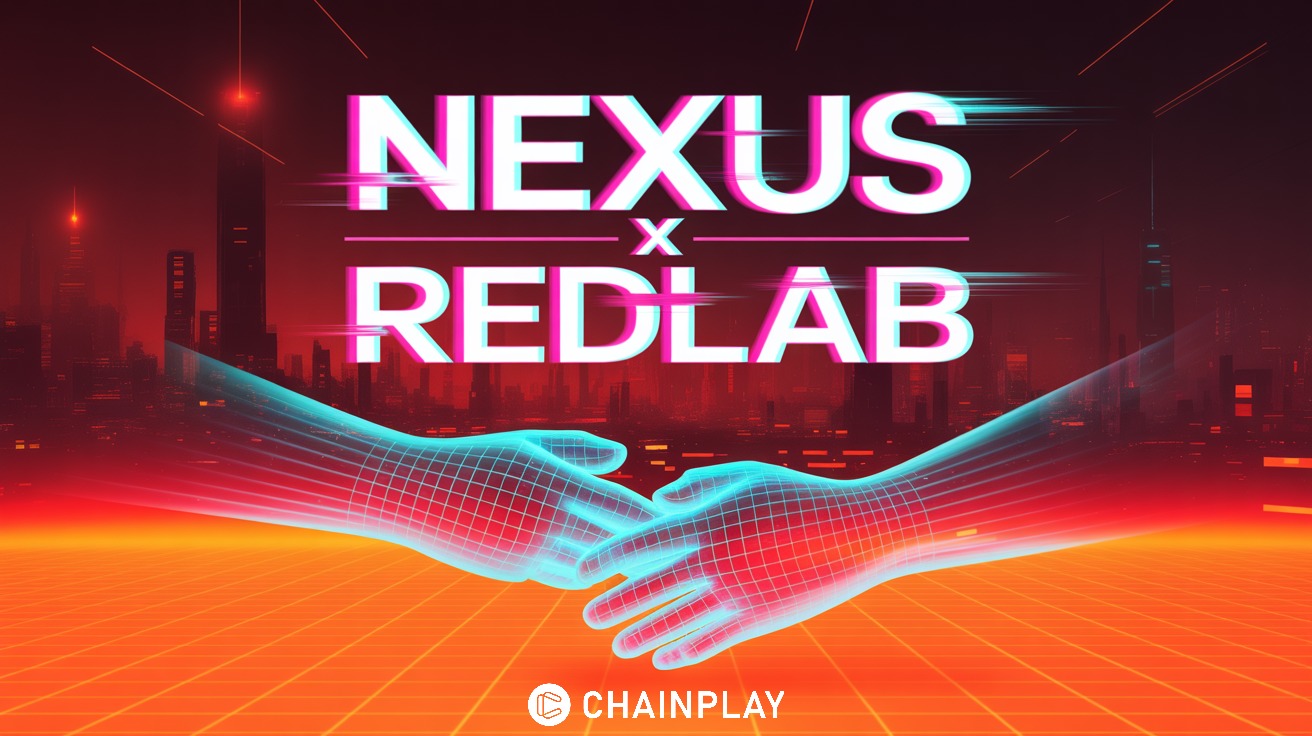
NEXUS and Redlab Partner to Grow Onchain Gaming on
15 hours ago
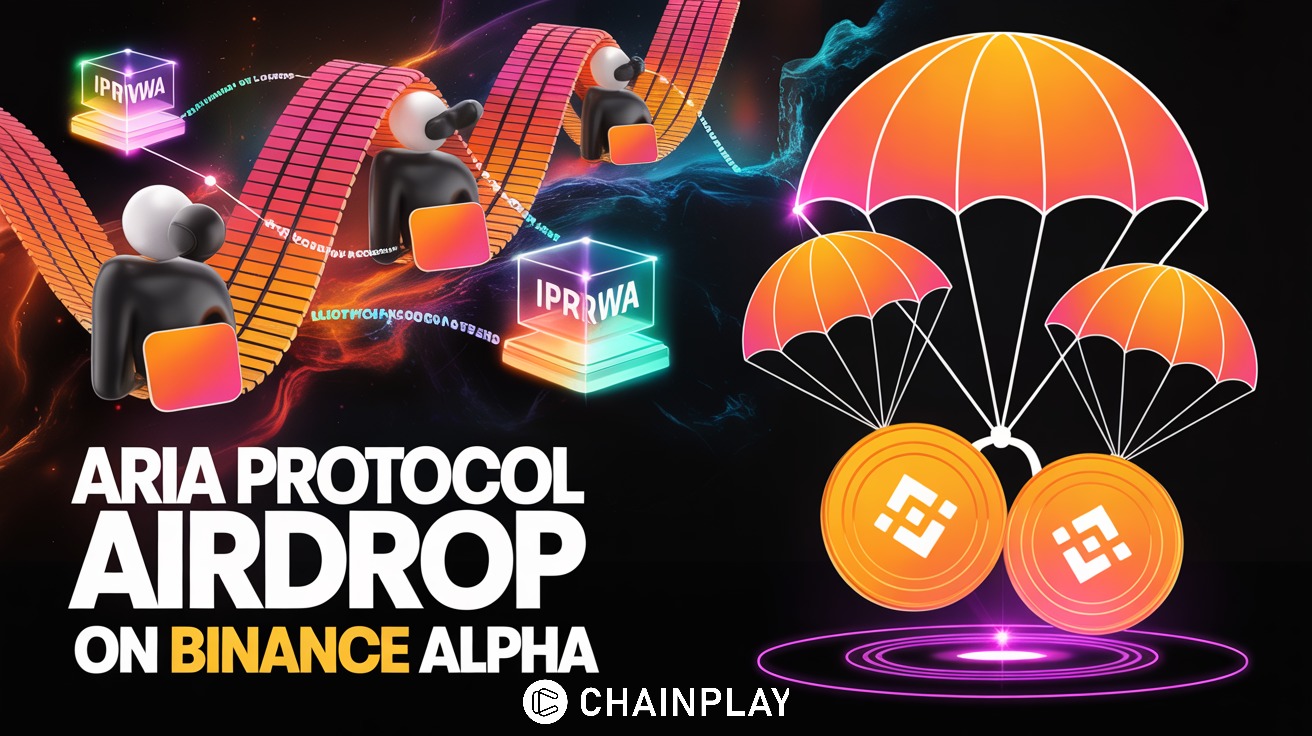
Binance Set for Aria Protocol (ARIAIP) Alpha Launch
15 hours ago
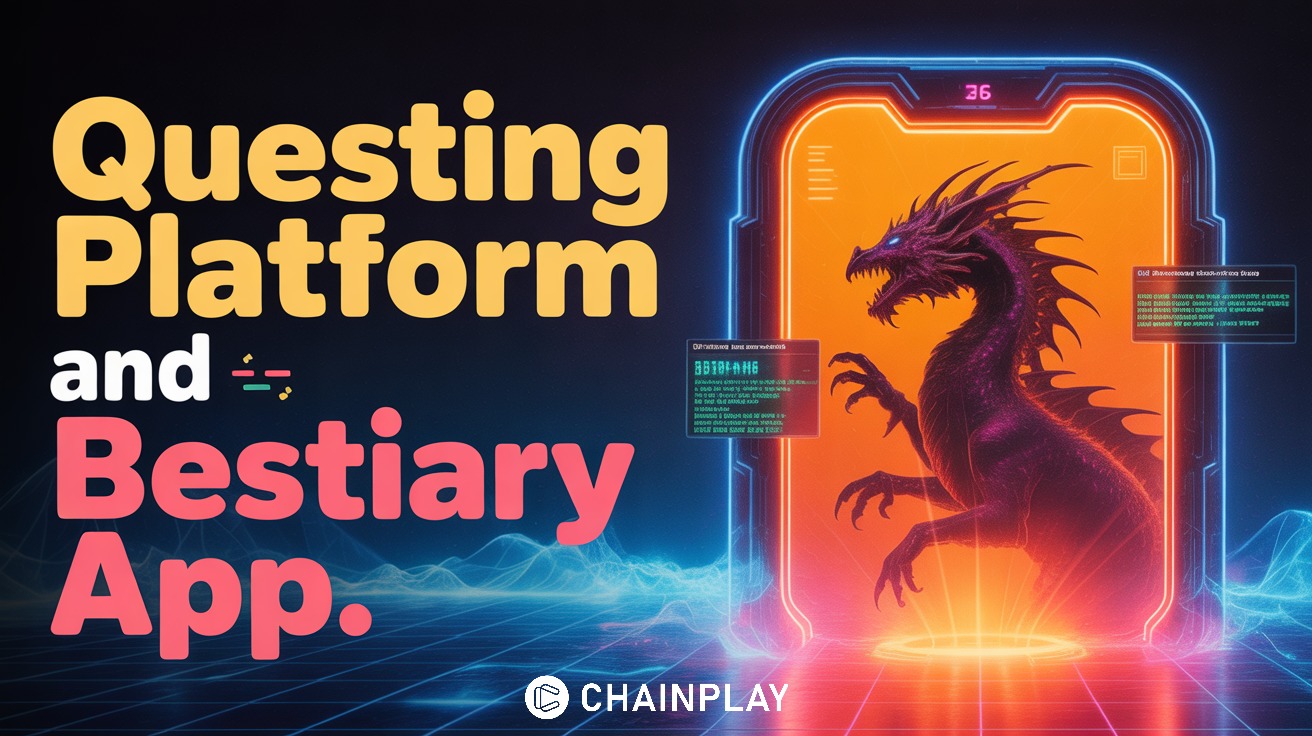
Eldrem Launches Questing Platform and Bestiary App
17 hours ago
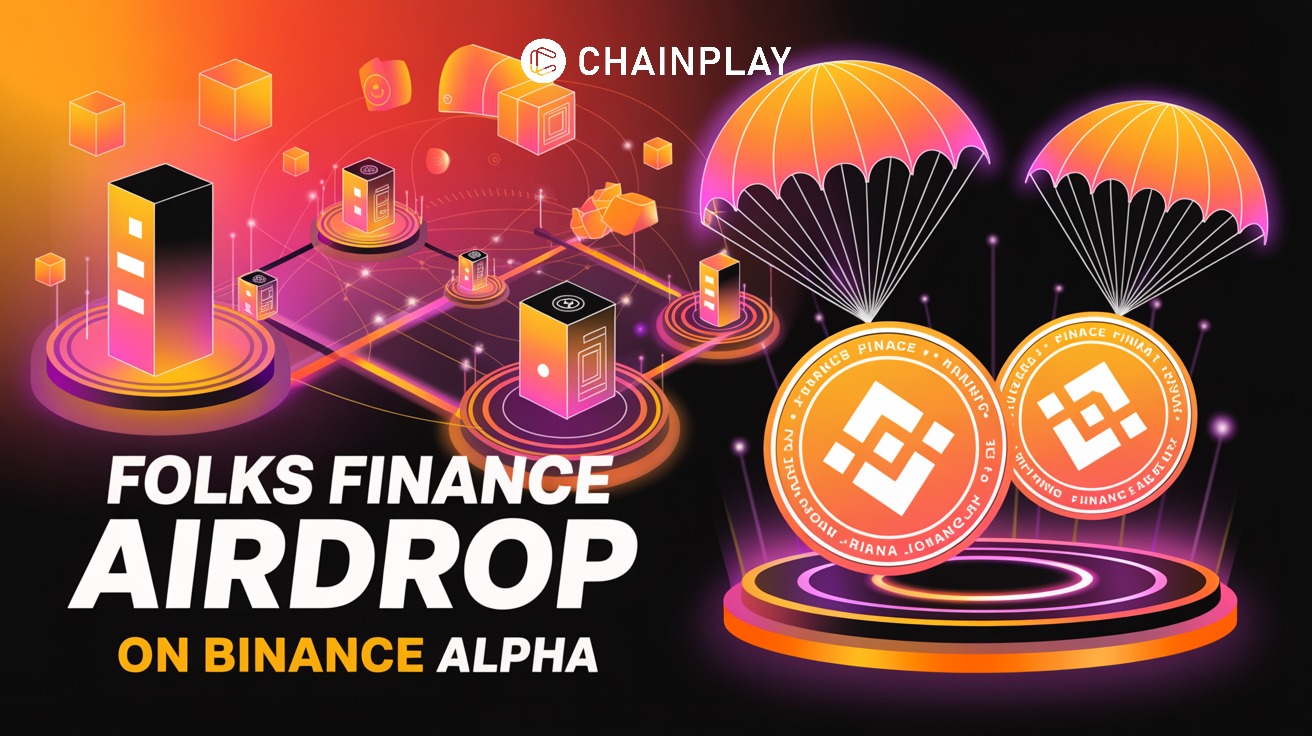
Binance Alpha Airdrop and Futures Launch for Folks
2 days ago
Related articles

Binance Alpha has announced the launch of Aria Protocol (ARIAIP) with an exclusive airdrop event on November 7. Aria Protocol is revolutionizing the world of intellectual property through tokenization. Here's how to participate in the ARIAIP airdrop.
ChainPlay
•
15 hours ago

NEXUS partners with Redlab Games to expand onchain gaming on the CROSS platform, making blockchain simpler for players and developers.
ChainPlay
•
15 hours ago

Discover how casino bonuses influence player behavior. We explore the psychology, strategic use, and risks of bonuses in online gaming.
ChainPlay
•
14 hours ago



